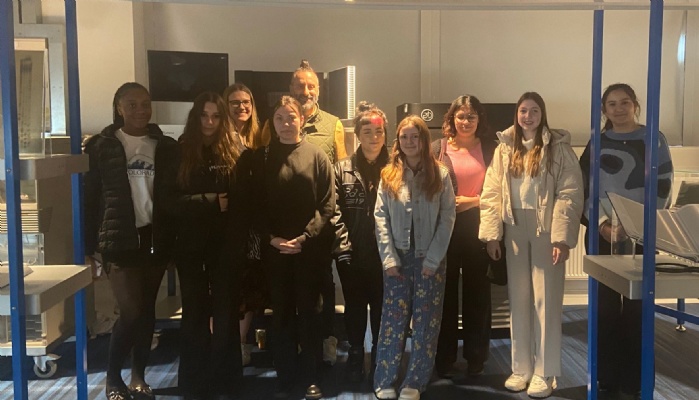Wellcome visit to world-renowned science site

The intricacies of science around DNA coding were unravelled for a group of our students who visited the world-renowned Wellcome Sanger Institute in Cambridge.
The Human Genome Project started at the institute and pupils from the Thomas Clarkson Academy were given a guided tour and an insight into sequencing DNA, the building blocks of life.
The Year 13 students learned about genomics and the role of the institute in studying cancer, the effects of ageing and sequencing pathogens to understand their spread and to develop treatments.
They also enjoyed a lecture from a research assistant on the use of 3D cell culture models in research into a range of conditions, including cancer.
“The visit was a great way for our students to see science at work. The Wellcome Genome Campus is internationally known, and we are lucky that it is in Cambridge so we can see it at work,” said Antonia Tan, Head of Social Sciences.
“The group also took part in a discussion on the ethics of genomic screening, which identifies high risk individuals for a range of disorders. It was a good opportunity to see how what they are learning in the classroom relates to real-world research, and to learn more about different careers," she added.
The Wellcome Genome Campus is home to many research groups, including the Sanger Institute. The Human Genome Project itself was an international collaboration that revealed the sequences of almost all the genetic content of the chromosomes of humans, known as the genome.
Student Kiah said: “I learnt how certain genes can result in different conditions such as Alzheimer’s Disease and how to prevent cancer; and the in-depth insight into these biological fields inspired me because it is something I am interested in studying in university.”
The Human Genome Project ran from 1990 to 2003 and the availability of a complete sequence for a human genome was a huge step for science. The Sanger Institute was responsible for completing about 30 per cent of the sequencing.